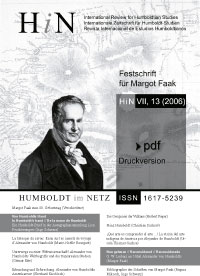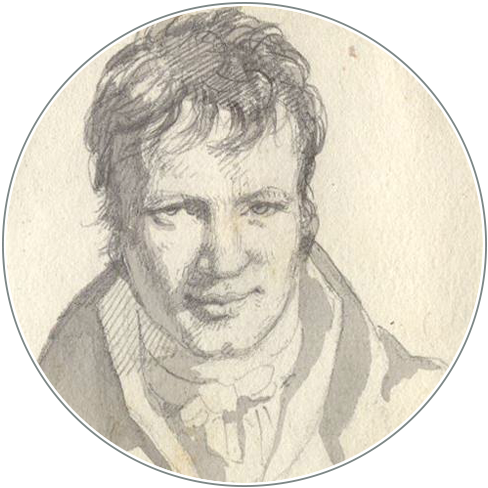La fabrique du savoir. Essai sur les carnets de voyage d'Alexander von Humboldt
DOI :
https://doi.org/10.18443/80Mots-clés :
1799-1804, Relation historiqueRésumé
Abstract
Whilst the notebook belongs to the imagery of the enlightened scientist's persona (an auxiliary tool kept by his side to be hastily scribbled with data, when at the bench or in the field), it has been given little attention by historians of science, who are used to consider its manuscript pages as a documentary resource to complement the printed text, but rarely take the notebook as a material and cultural object by itself, the history and epistemology of which is to be explored. Only recently have new trends in the historiography, by historians of printed books and reading practices, and by social and cultural historians of knowledge, called for a fresh look and opened the way for new approaches. Taking Alexander von Humboldt as a paramount example, who expressly devoted his life to "observing and recording" the world, pen in hand, this paper explores the note-taking practices at work in his travel diaries and notebooks from the perspective of the history of scientific observation and cognitive practices. Four themes are successively considered : the question of method and apprenticeship ; the timing of note-taking practices ; the nature and status of the data jotted down on the page ; finally, their uses in the production of scientific knowledge. In the back and forth movement between the observation of the world and the writing of science, the notebook stood as a crucial intellectual step and cognitive tool.
Publiée
Comment citer
Numéro
Rubrique
Licence
(c) Tous droits réservés Marie-Noëlle Bourguet 2007

Ce travail est disponible sous licence Creative Commons Attribution - Pas d’Utilisation Commerciale 4.0 International.
Les droits des articles envoyés restent la propriété de leurs auteurs et sont publiées sous la licence Creative Commons-Lizenz (CC BY-NC 4.0). Tous les auteurs publiant dans le HiN doivent accepter ce modèle de licence.
Les auteurs doivent eux-mêmes s’occuper de l’obtention des droits d’auteur pour les images utilisées.
Les divers éléments de la mise en page et du design de la revue sont protégés et ne peuvent être récupérés et réutilisés dans d’autres publications sans autorisation préalable de la part de HiN.










